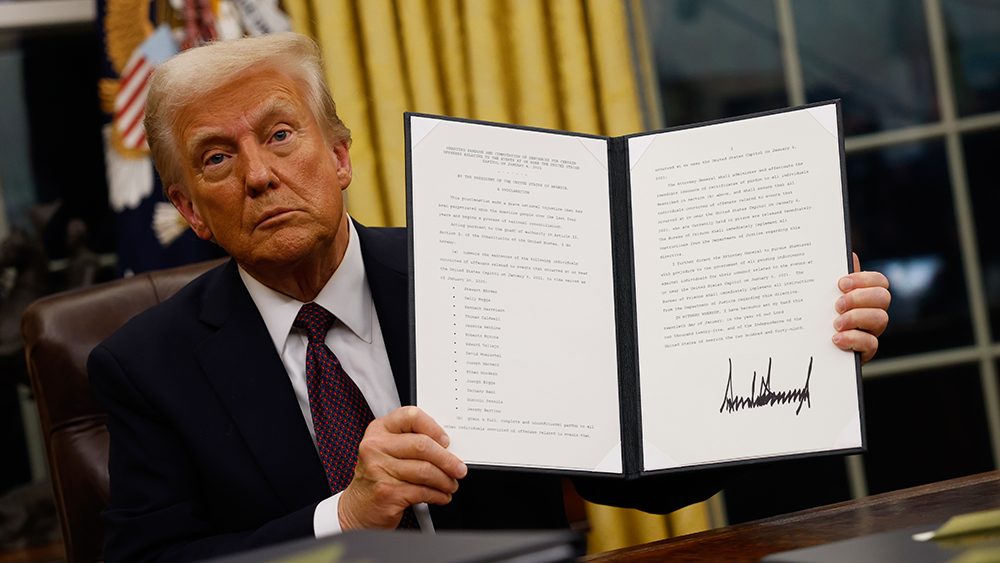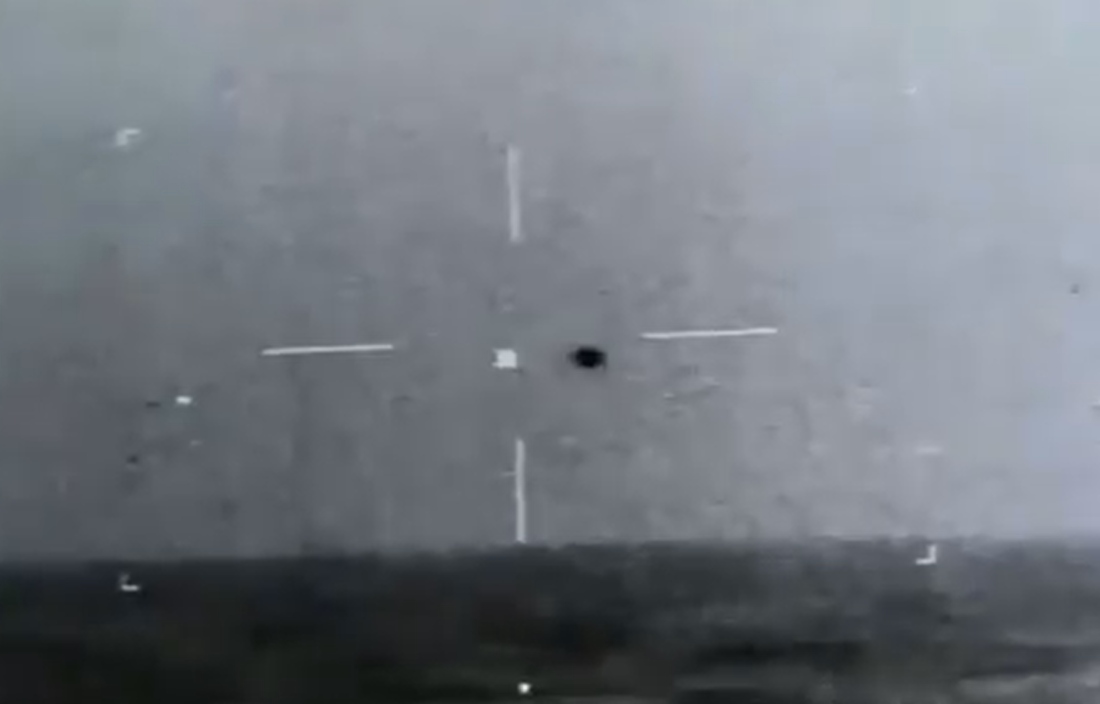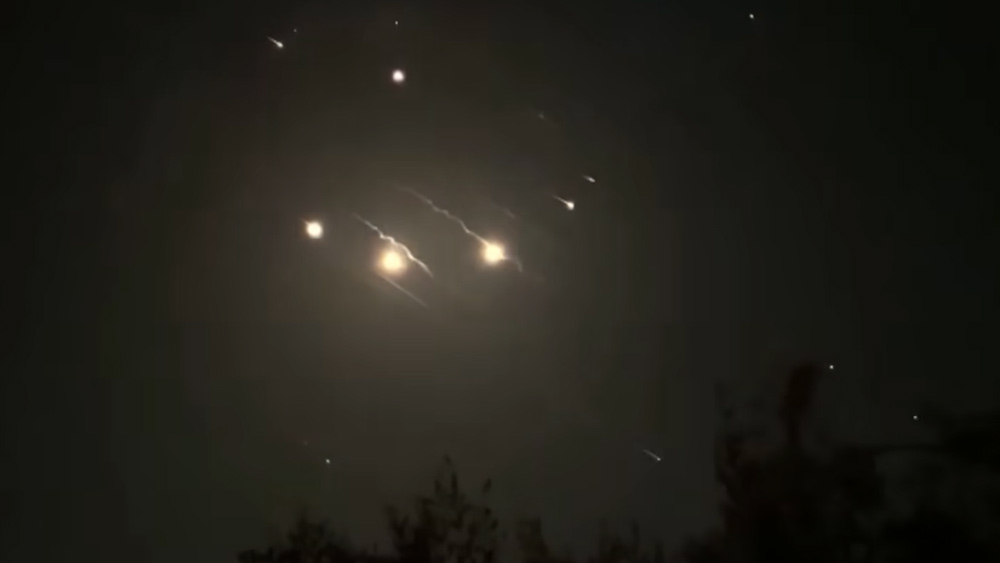
Pentagon rendered helpless against foreign adversaries spying on American soil
In a startling admission, the Pentagon has indicated it has limited options to counter these drones due to federal laws prohibiting military action against them. This includes shooting down the drones, a measure deemed too risky for both troops and civilians. Jamming their signals, which could disrupt essential services such as 911 emergency systems and commercial air traffic, has also been ruled out in high-level White House discussions.
Former U.S. Air Force General Mark Kelly was briefed on the drone sightings in December of 2023, when military personnel at Langley Air Force Base in Virginia reported observing dozens of unknown drones flying over the installation at night. The base, home to the advanced F-22 Raptor fighter jets, experienced an unusual 17-day streak of sightings, with officials suspecting that the drones might be operated by agents from Russia or China.
“This is unlike previous drone incidents we’ve encountered,” said Gen. Glen VanHerck, highlighting the complexity and coordination of the operations, which led authorities to dismiss the idea that amateur drone pilots were involved.
Unidentified drones affecting commercial aircraft, some were caught taking pictures of Navy installations
One FAA official warned that a directed jamming attack almost affected commercial aircraft near the peak of last year’s holiday travel season. When local authorities attempted to chase the drones using analog tactics, the drones escaped and disappeared into the night.
As the mystery deepened, a significant clue emerged in January 2024 when Fengyun Shi, a 26-year-old Chinese national studying at the University of Minnesota, was apprehended for flying a drone near Langley. The drone, which had gotten stuck in a tree, was later found to have captured images of classified Navy installations. Shi was arrested as he attempted to board a flight back to China and has since pleaded guilty to espionage charges.
Alongside the incidents in Virginia, drone swarms have also been reported near Edwards Air Force Base in Nevada, compounding concerns over the potential for coordinated surveillance operations targeting U.S. military assets. Despite these events, the Defense Department has yet to publicly disclose the identity of the operators behind these surveillance drones.
As the Pentagon deals with its inability to respond effectively to these aerial threats, the implications for national security and the safety of military operations remain a pressing concern. The ongoing investigation into these drone sightings highlights the multi-faceted challenges faced by U.S. authorities in an era of increasingly sophisticated surveillance technology. This is a serious national security issue, for China has been increasingly buying up property near military sites. Additionally, the U.S. government has documented over 100 instances of Chinese nationals sneaking onto sensitive military sites.
The U.S. Congress will be faced with mounting pressure to pass legislation giving the Pentagon greater power over sensitive military sites. This could include changing local trespassing laws to allow for federal jurisdiction, while strengthening security procedures at military bases and potentially permitting counterstrikes against unidentified drones operating near military sites.
Sources include:
Please contact us for more information.






















